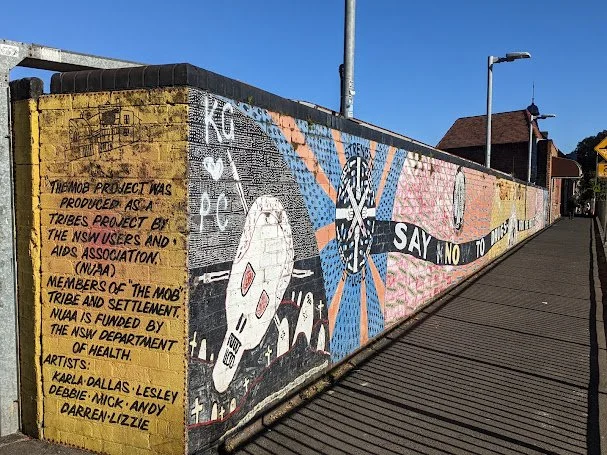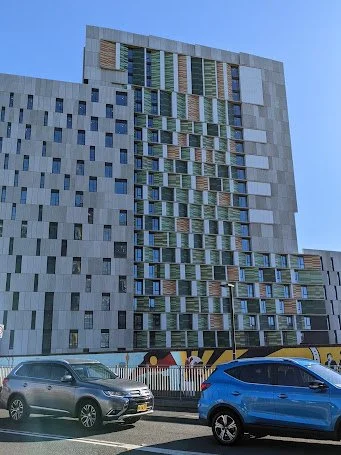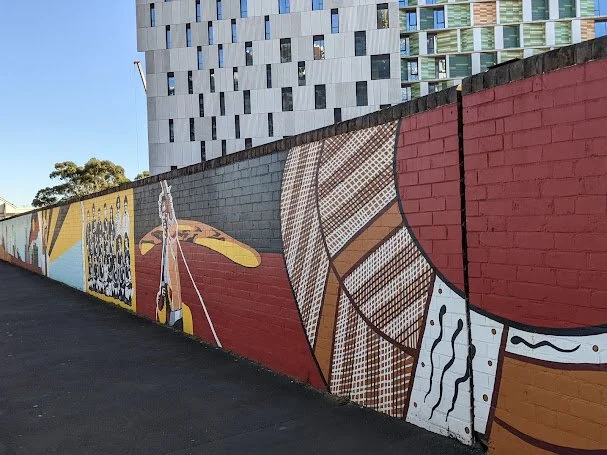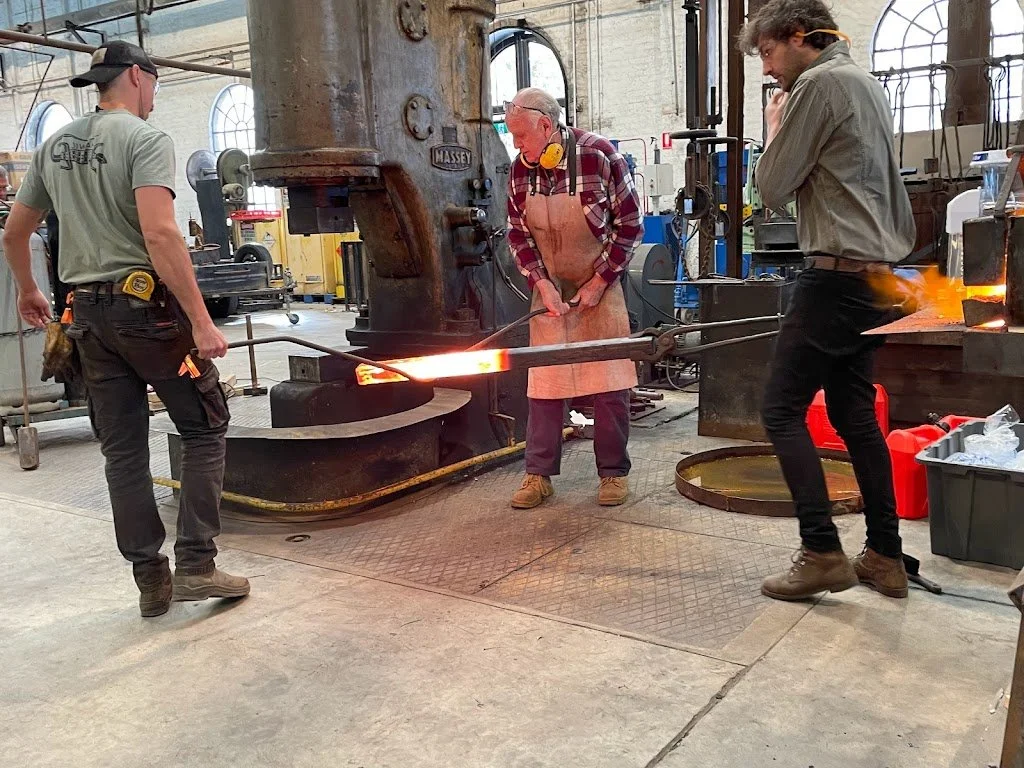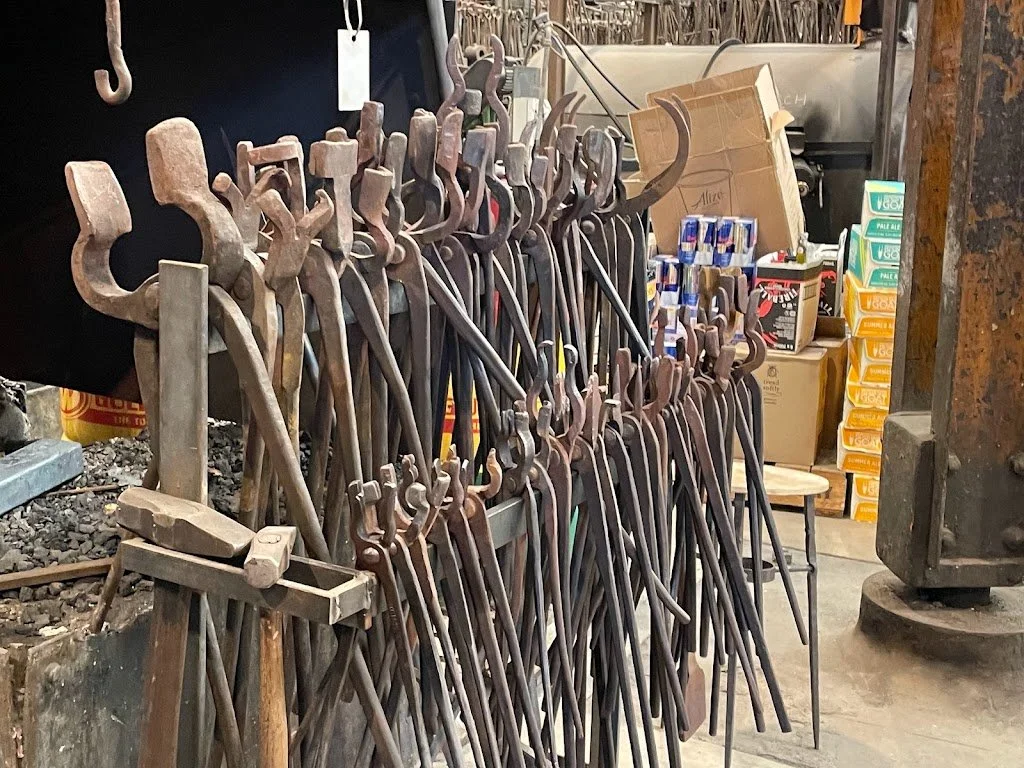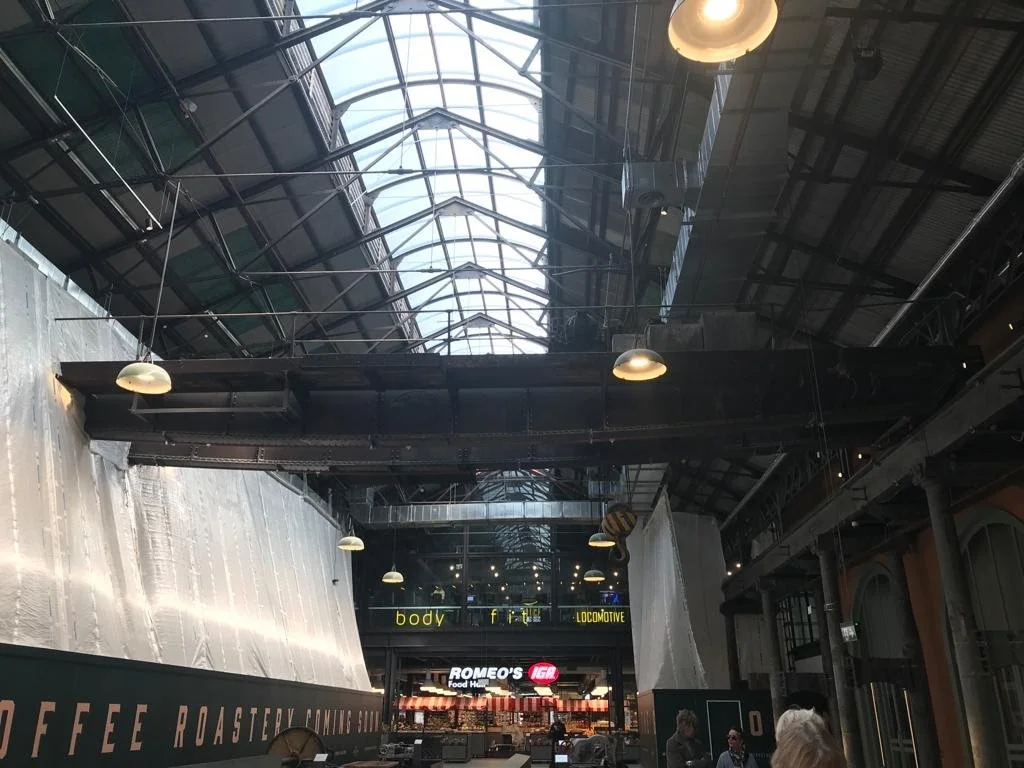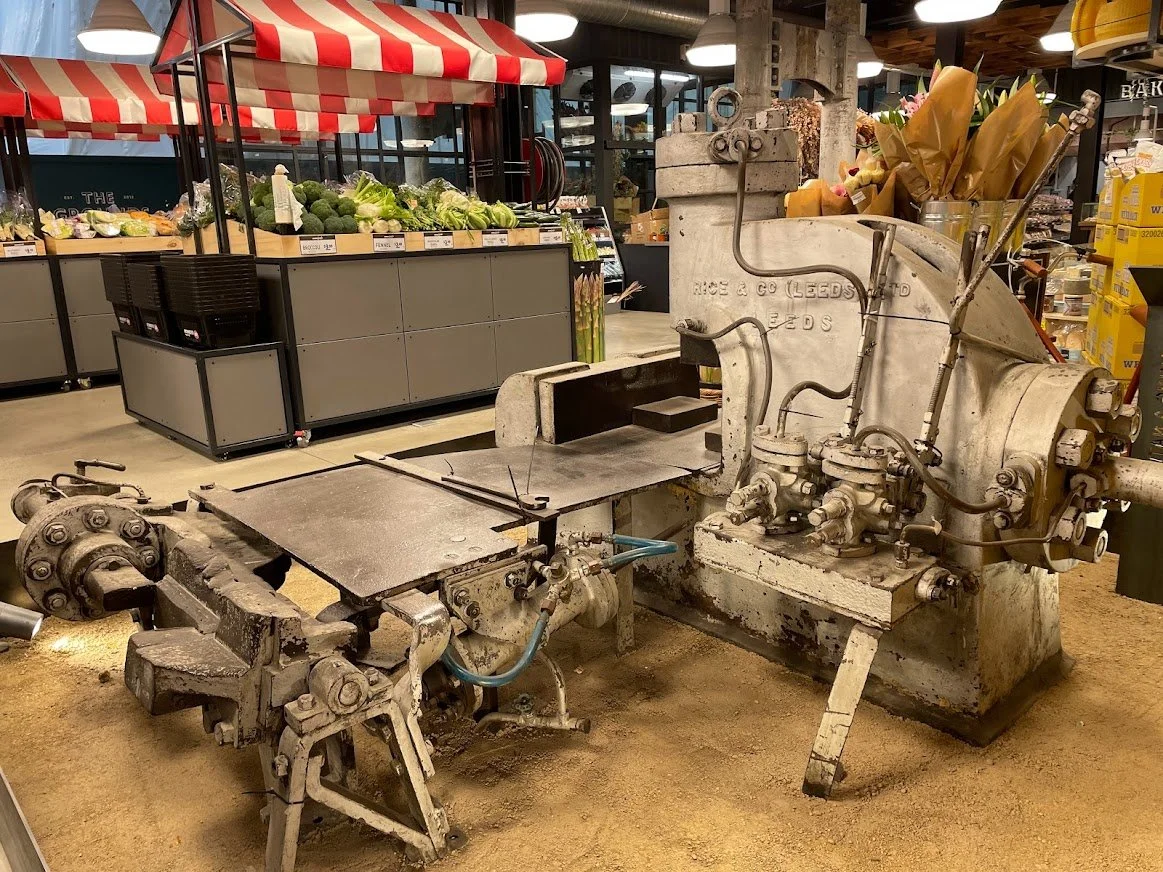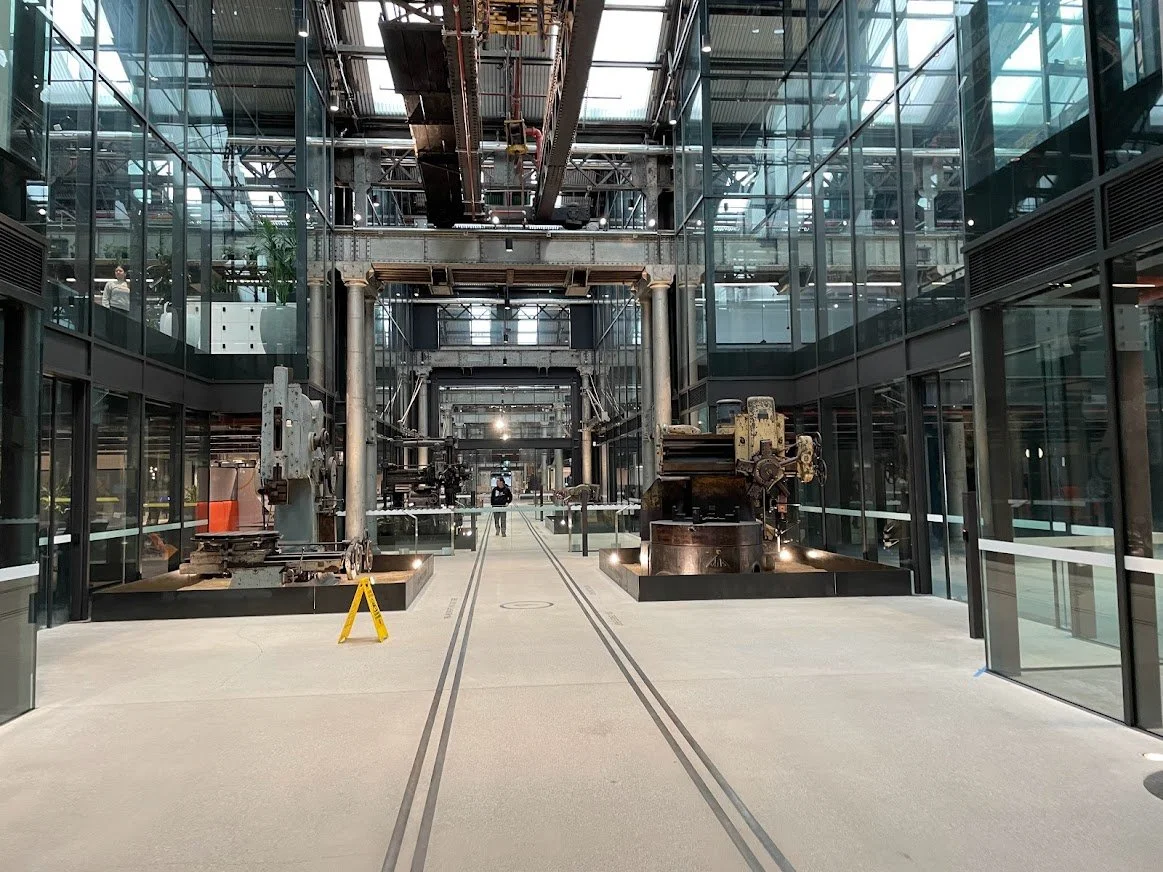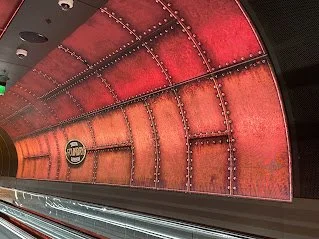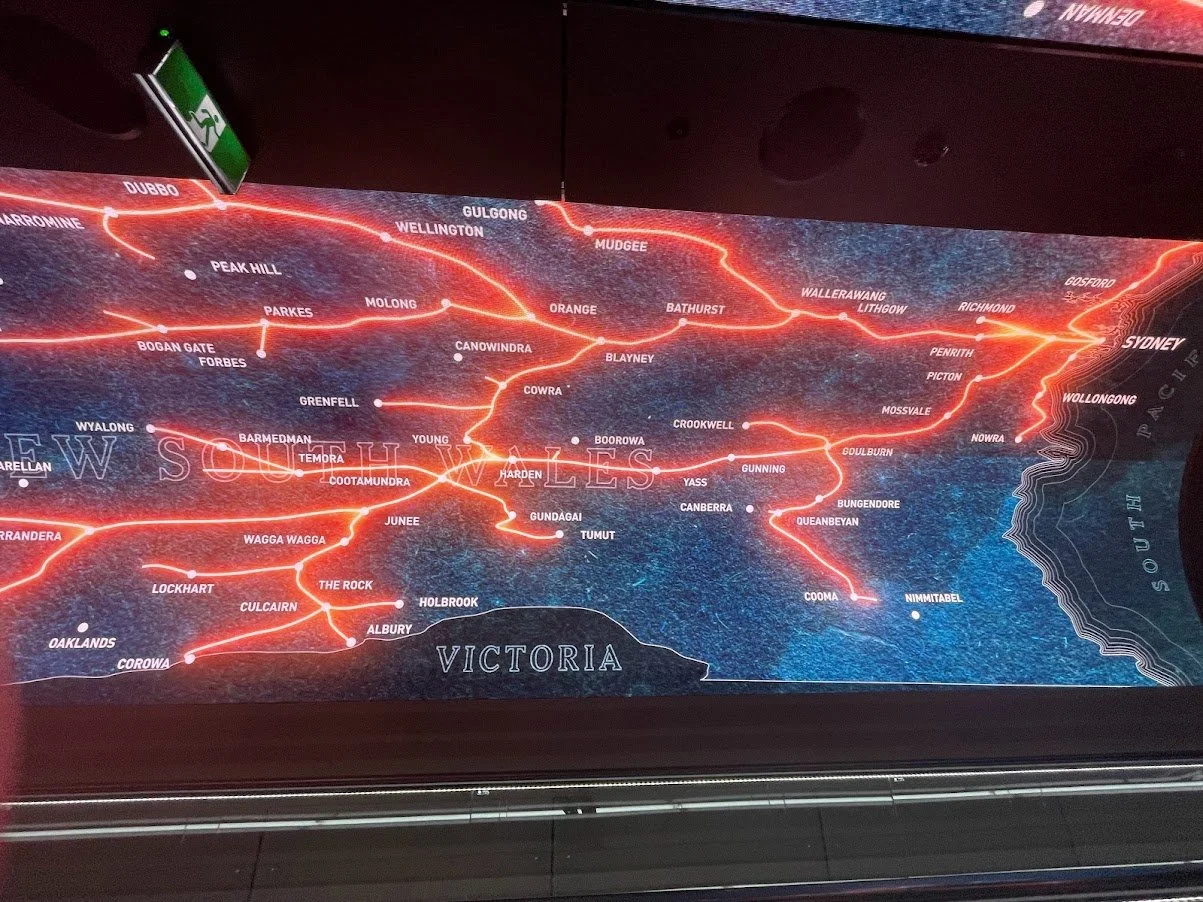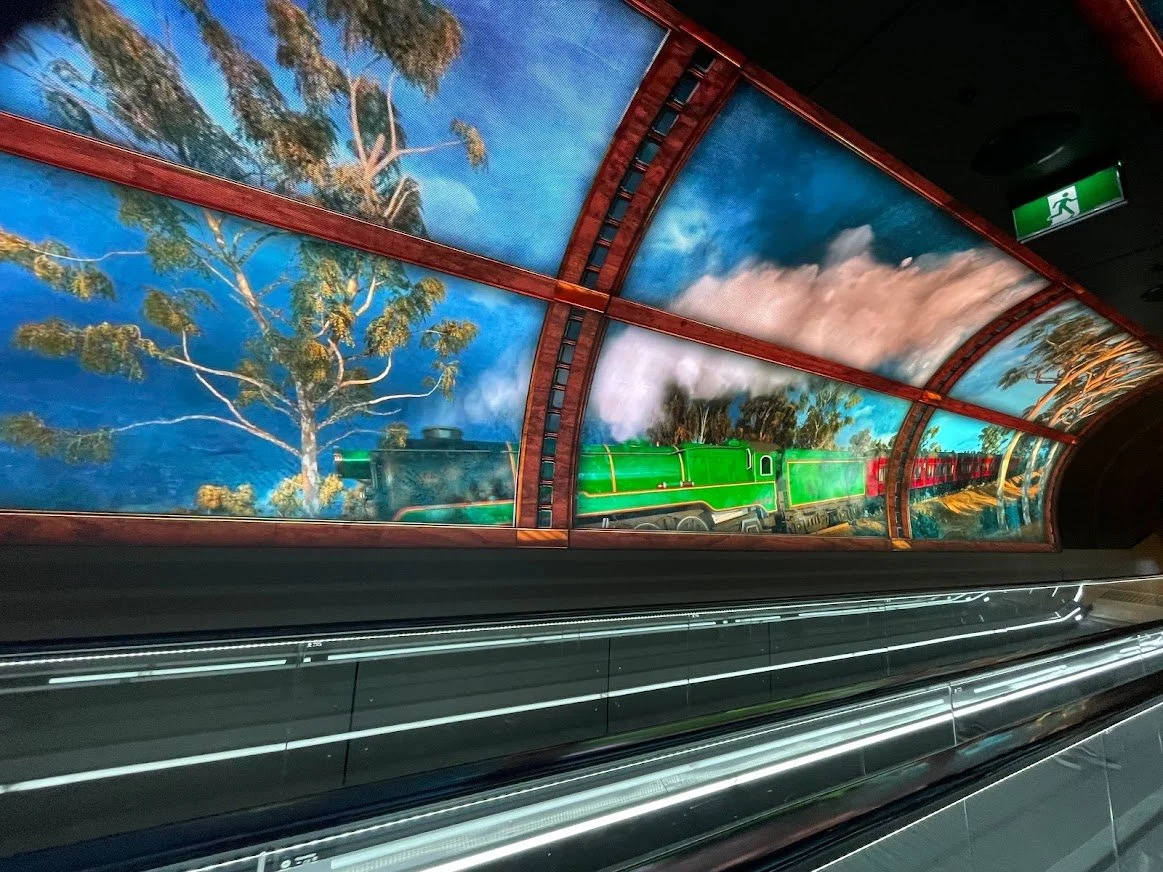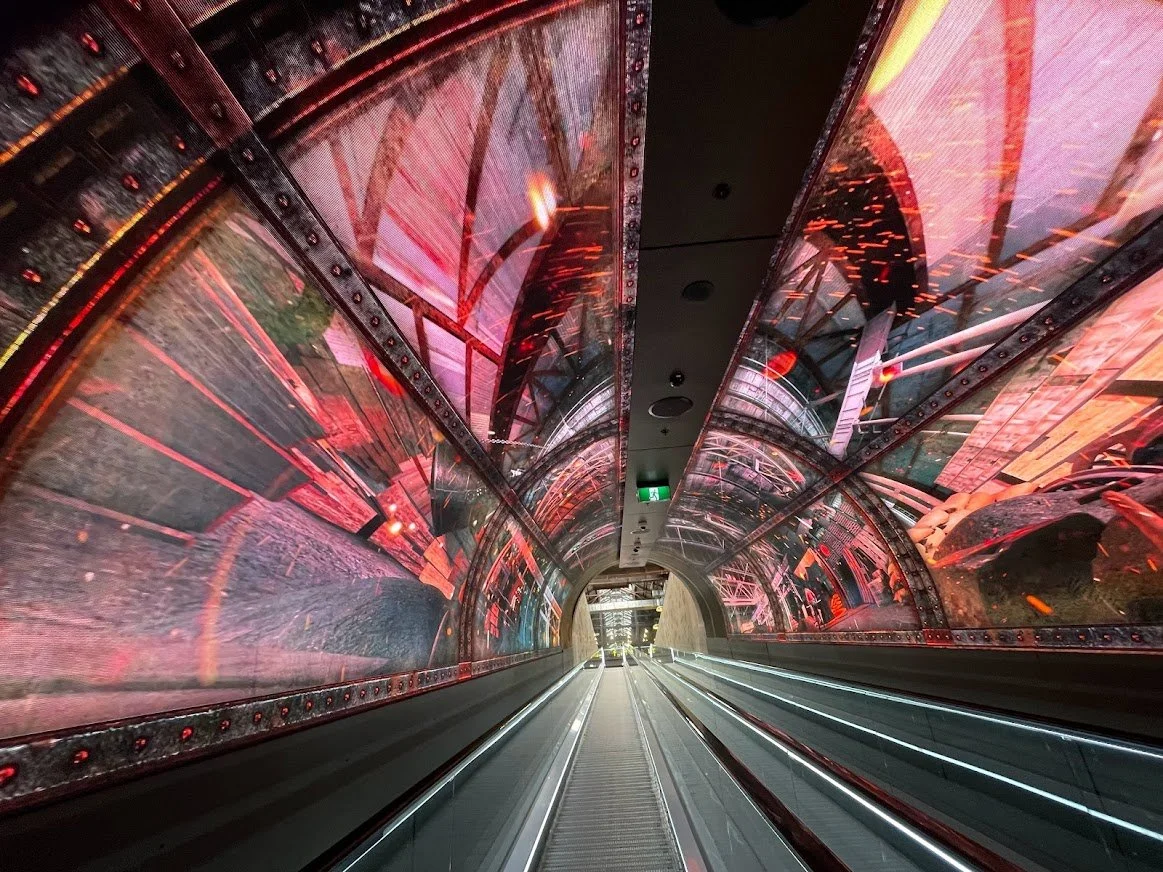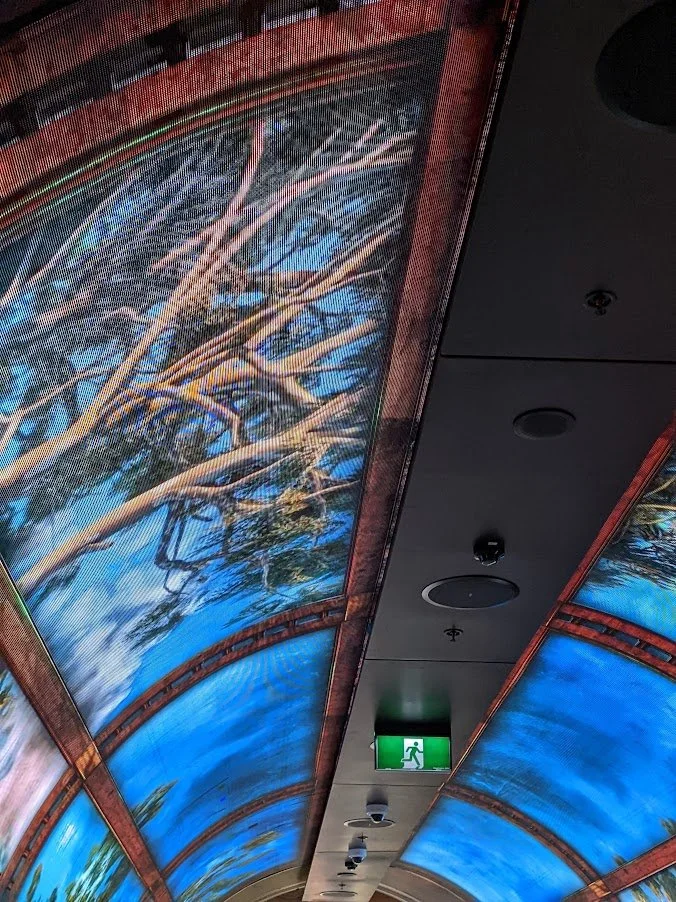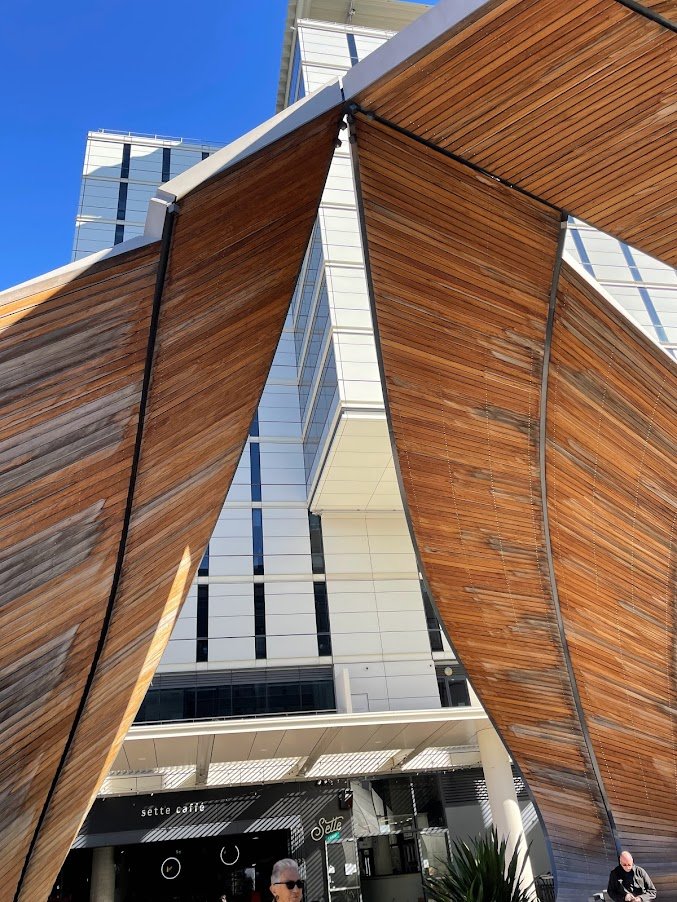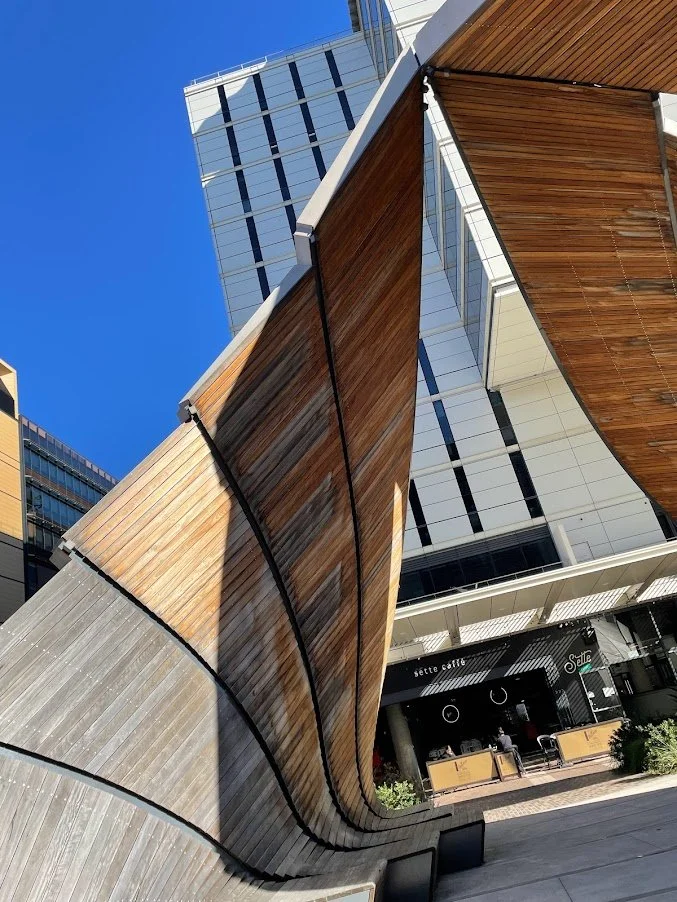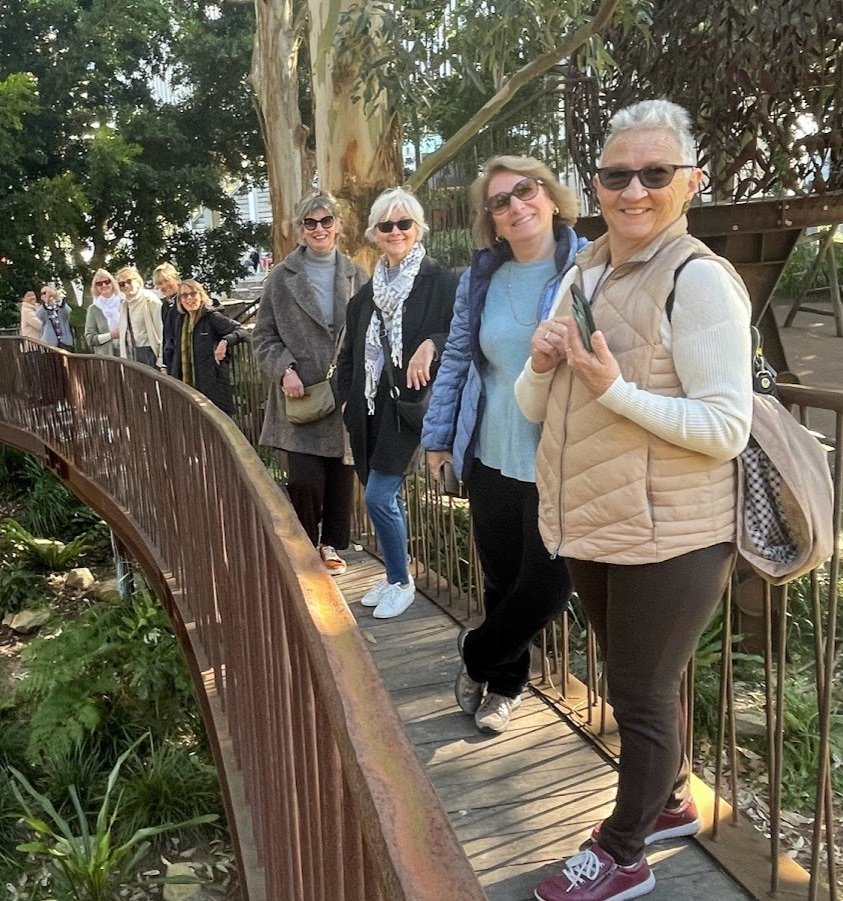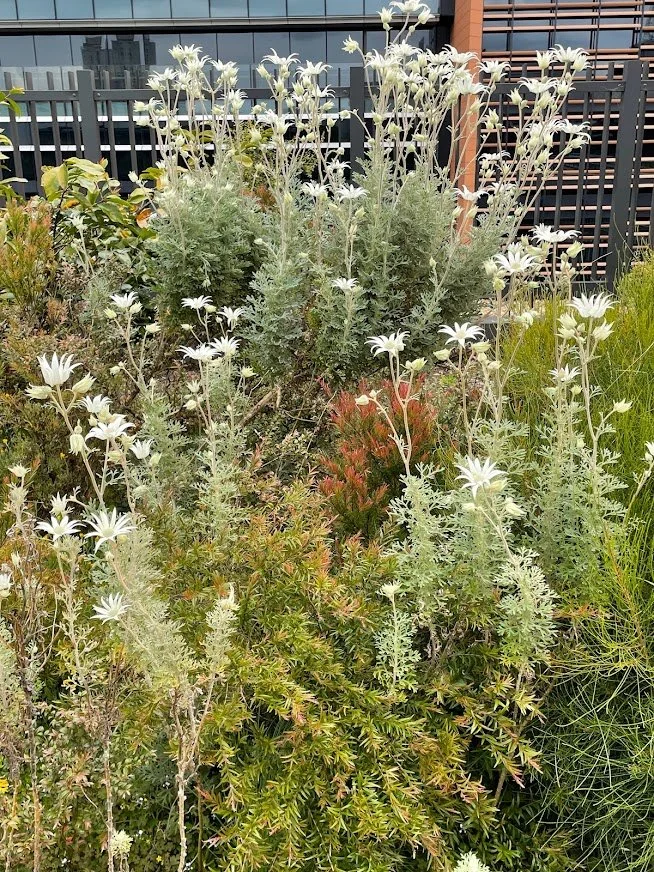Background
Eveleigh was important to the Gadigal people because it had a source of water, Shea’s Creek (Alexandra Canal), as well as a source of food from the wetlands that drained into the creek. Eveleigh’s high point offered views of the indigenous trade route from Circular Quay to Parramatta. Goods, ideas, songs, ceremonies and news travelled along the routes.
Around 1817 major land grants were given to Dr William Redfern, William Chippendale and William Hutchinson. Eveleigh was the house and estate of Lieutenant J. R. Holden, Hutchinson’s son-in-law, named after his mother’s maiden name, Everleigh. It became the site of The Block.
The Hutchinson housing estate was the site of the Eveleigh railway yards, located immediately south-west of the station. They were of great significance to Australia's industrial, military and social history. Following the nationalisation of failed private railways, construction began in the early 1880s on a new workshops complex, occupying an area of over 60 acres bounded by North Newtown, Darlington, Erskineville, Redfern, Alexandria and Chippendale. Originally the workshops serviced and repaired the growing NSW rail fleet, but in 1908 Eveleigh began manufacturing the first steam locomotives in Australia. By this time more than 3000 people were employed at the site. It contains the most complete set of late nineteenth and early twentieth century light and medium engineering technologies in Australia (much of which is now preserved in an industrial museum in Bays 1 and 2 of the old Locomotive Workshop). The Eveleigh site was also used to manufacture munitions in both World War I and World War II. It is also significant in the history of Australian unionism—in 1892 unions successfully negotiated to establish a six-day working week, and the 1917 General Strike, which began with the 3000 workers at Eveleigh, eventually spread across Australia, involving almost 100,000 nationwide. The locomotive workshop was closed in 1988 and the main rail workshops were moved to Chullora.
The beginning of what we see today
In 1991, the NSW Government established a consortium which transformed the Alexandria side of the former Eveleigh railway yards site into the Australian Technology Park, now known as South Eveleigh. It is the home of a growing community of researchers, entrepreneurs, incubator businesses, start-ups, mature technology companies and education organisations and some good food!
Redfern Station
Eveleigh railway station was renamed Redfern station in 1906, which was our meeting place.
Eveleigh
The Kid Laroi mural
Our first stop is the mural of Charlton Kenneth Jeffrey Howard, better known as The Kid Laroi, on the corner of Chapel St and Botany Rd. Scottie Marsh (an artist and previous graffiti artist with ‘an intimate knowledge of the Sydney Rail Network’) painted the mural in July 2020 to celebrate the release of The Kid Laroi’s debut mixtape. Charlton was a local from Waterloo and Redfern, a Kamilaroi man, until fame carried him away to Los Angeles.
Eveleigh Works
We then met Matt Mewburn, the blacksmith, who showed us Eveleigh Works, the blacksmith workshop, which had been built in 1887. The workshop is the largest and most technologically advanced workshop in the southern hemisphere, if not the world! According to the Smithsonian Institute the blacksmithing equipment at Eveleigh is considered ‘the largest and most integral collection of Victorian blacksmithing equipment, in terms of integrity and extent known in the western world’.
We were fortunate that the team was working on a piece of the replacement undercarriage of the Diamond Jubilee State Coach Britannia presented to Queen Elizabeth in 2014. The first time the carriage was used was for the State Opening of British parliament that year. Jim Frecklington, the designer and builder of the carriage was at the blacksmith workshop, proudly talking about the carriage and the work being undertaken by him, Matt and a couple of other blacksmiths. It was mesmerising to watch the hot metal being removed from the furnace, then carried to and forged by the steam hammer (believed to have come from the first government railway workshop, dated to around 1865, one of the oldest steam hammers in the world). The furnace temperature and monitoring is critical as metal has a grain like wood and can be burnt. What great timing to experience the forging of such a prominent piece of metal!
Eveleigh Works housed Australian Fashion Week a few years ago, Matt ensured he was there until the end most nights – what a man!
The Foundry
Nearby was The Foundry, where originally metal castings were produced, now a Romeo’s IGA (walk in cheese room inside!) resides, with more retail and cafes to come.
The Foundry Tunnel, aka the carpark travellator, has amazing LED industrial images including a map of the NSW rail network
Public Art
We headed to the Interchange Pavilion, a 350 square metre public art installation by artist Chris Fox (who also created the amazing Interloop at Wynyard Station – I think he likes railways!). He was inspired by the area’s rail history, combining over 250 metres of stainless steel ground rails, 15 tonnes of robotically moulded glass reinforced concrete and 1400 pieces of router cut hardwood. It is supported by a 14-tonne structure made up of over 1650 pieces of digitally fabricated aluminium.
In the lobby of the CBA’s Axle building is Jonathan Jones’ Untitled (red gum slabs), a response to the rail history. The layout of the slabs reflects the railway lines and their natural shapes talk to the internal architectural treatment of the building.
Eveleigh Treehouse
Next stop was the Eveleigh Treehouse, a collaboration by Cave Urban and Nell (a visual artist and Kylie Kwong’s wife). The trees were made from steel from the Eveleigh Works (go Matt!) and are designed to resemble the native gums in the area. Over 400 volunteers welded individual metal gum leaves used in the structure, adding their names and many dedicating the leaves to friends or family. Nell described the beautiful experience of making the treehouse from the many hands and hearts of the volunteers.
Happy Rain
Happy Rain, also by Nell, is a large-scale smiling cloud created from LED lighting on the side of the Community Building.
The Community Garden
By good luck we managed to get access to the Community Garden (and the gardener, Clarence Slockee!) on the 4th floor of Yerrabingin House, the Community Building. Clarence is from Jiwah, the indigenous company who created the garden and maintain all of the landscaping in the precinct. He is also a presenter on Gardening Australia. The garden has an abundance of indigenous plants and seating to enjoy the view and peaceful location. The plants grow in only 20cm of soil, the biggest challenge is wind damage and determining what can prosper in the location. A number of seeds blew in and germinated following the bushfires, creating more plants - isn’t nature grand! Yet again the Blacksmith workshop contributed to the seating and trellises, yay Matt & team! The Community Building is carbon neutral. The Garden will be reopened to the public in January 2023.
Lunch
A return trip to the lovely Tuga pastries shop for a take away after-dinner snack and lunch at the William Angliss Institute in Alexandria, pork three ways and mango parfait with mandarin – delicious!.



Finally, back to Redfern Station for the trip home via more amazing historical sights.
-

Joseph Benedict (Ben) Chifley’s personnel records for positions held and leave accrued. He went from Shop Boy to Cleaner to Foreman to Locomotive Driver to Australia’s 16th Prime Minister (1945 – 1949). The Remarks column reads ‘Leave without pay to contest Federal Election’ Where else would that happen!
-

The Workers’ Wall, commemorating the role that tens of thousands of men, women and youth employed at Eveleigh between 1887 and 1989 played in shaping industrial, political and cultural life in Australia
-

Walking past the workshops
-

Steam locomotive engines
-

The Eveleigh Watertower, built in 1926
-

Local street art
